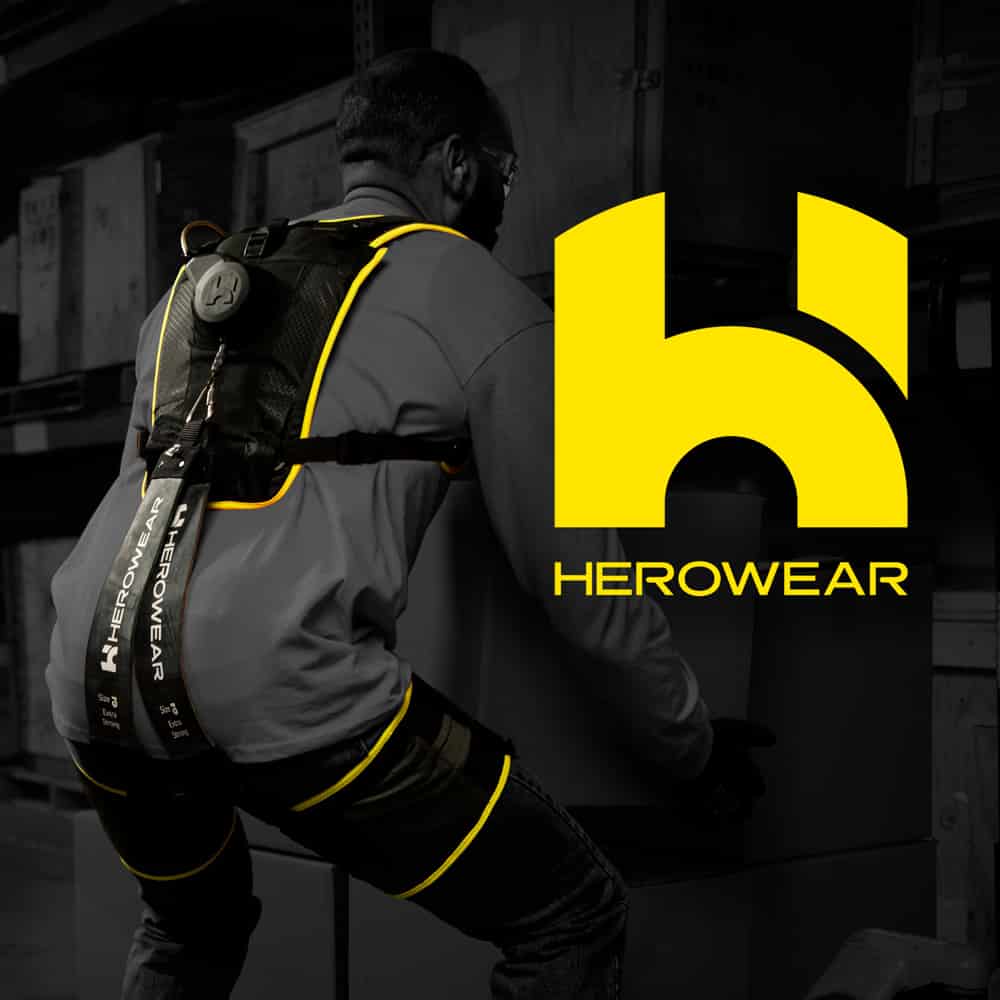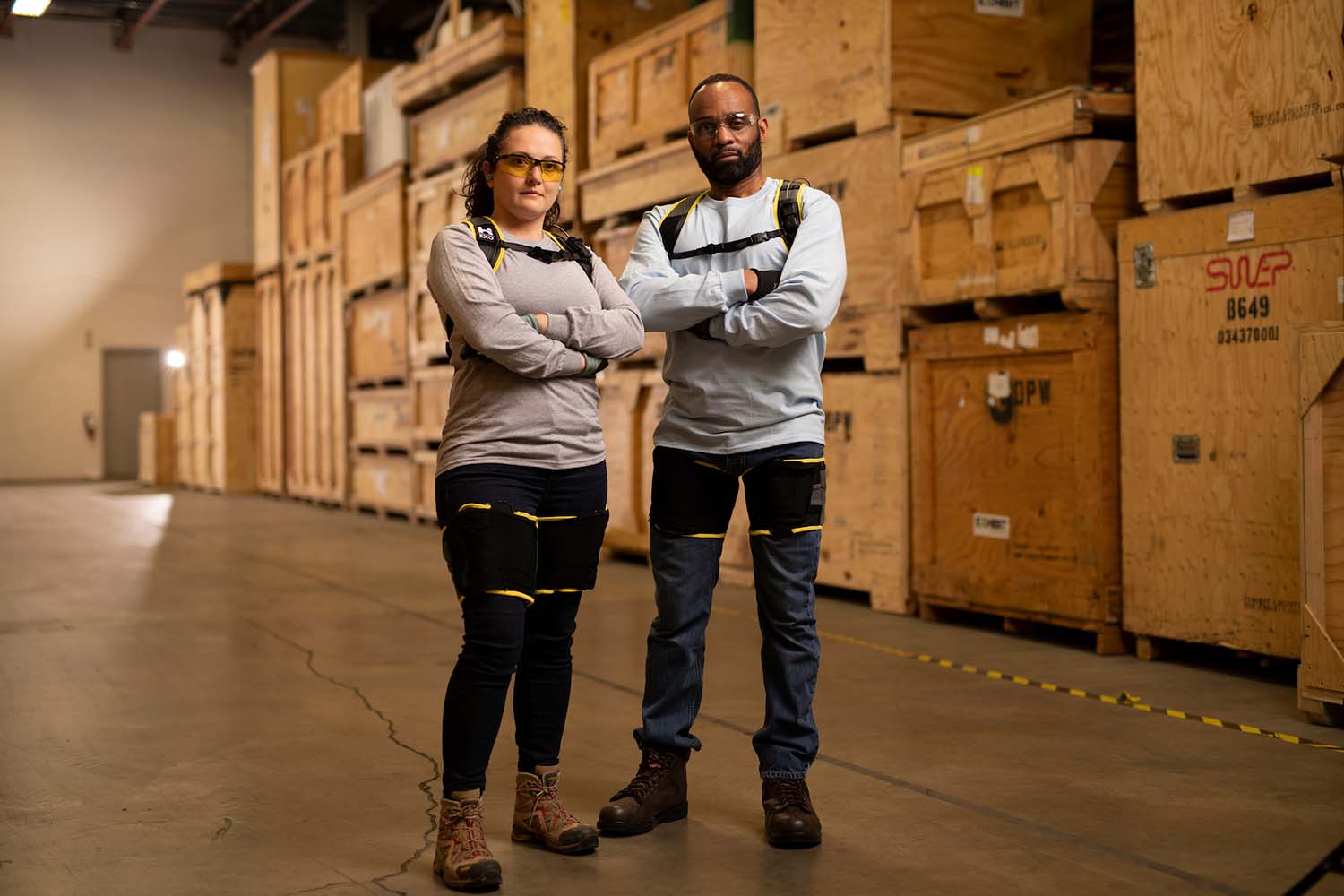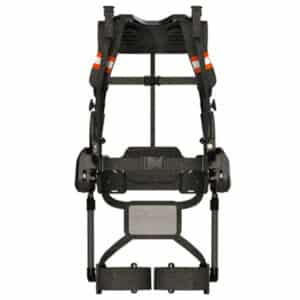Description
Development of the Apex began in 2015 by biomechanical and ergonomics experts at Vanderbilt University and was brought to life by the design team at InterWoven, who have developed wearables for NASA, Nike, Champion, and more.
The Apex is a fabric-based exosuit designed to assist the back muscles while lifting. The assist can be selectively turned on or off at the control of the user using proprietary technology. Furthermore, the Apex was designed specifically with the intent to fit women as well as men.
The human body has the capability to adapt to a variety of tasks, said CEO Mark Harris during his presentation at WearRAcon20. Importantly, there is a mind behind it that is capable of reacting to complex situations. This combination of physical and mental capabilities makes it likely that people will be working tough and critical jobs for many decades to come. Over time, however, fatigue adds up. Even without physically intensive jobs, most of us will have back pain or a back injury at some point in our lives.
HeroWear has developed a new type of exosuit based on the following principles:
- Do not constrain movement.
- Provide assistance, but only when the user needs it.
The main rationale stems from the idea that for a task-specific exoskeleton, around 90% of the time that task will not be performed and the wearable device just needs to stay out of the way.
The Apex is intended to be a low profile breathable and comfortable device:
- Textile-based: the goal is to forget that you are wearing this device while it blends into the background. Special attention was paid to breathability and heat retention. Workers usually work in non-airconditioned and hot environments. The Apex utilizes patent-pending technology for ventilation and its lack of a front chest plate.
- Passive assistance utilizing elastic materials in parallel with the back muscles. The technology was developed at Vanderbilt (there are several papers published by Dr. Karl Zelik).
- Modular: the Apex is designed to be easy to don and doff with an estimated 25-30 seconds to put on and 10 seconds to take off. One size fits all doesn’t work without sacrificing cost, weight, or comfort. To solve this, the four main components can be swapped out: the back piece, straps, thigh sleeves, and bands. By mixing and matching pieces, the goal is to achieve a 95% fit across most body types.
- Dual-mode: the exosuit’s support can be turned on/off with a switch. This is part of another patent-pending technology. Note that walking in assistive mode is not intended to be a hindrance. Disengaging the clutch removes the tension from the elastic elements, allowing employees to sit, walk, operate a forklift, etc…
The HeroWear Fit Kit has more than 50 combinations (that can be ordered together or separately) with the intent for the Apex to fit “like a glove” for male and female employees. The Apex was designed from the beginning with the intent to fit women.
HeroCare360 is a full program on storage, cleaning, maintenance, fit, training protocols, and training tools that comes with every unit. There is a very high employee turnover rate in logistics, making it important that the device can fit well (one exo per person, no sharing).
Regions and or countries where the exoskeleton can be purchased?
The Apex is available globally with partners in the USA, Canada, Japan, Korea, Australia, New Zealand, The United Kingdom, Germany, Austria, Switzerland, Saudi Arabia, the United Arab Emirates, Kuwait, Qatar, Bahrain, and Oman.
Relevant studies and journal papers:
- Reduces Strain by 20-40% and reduces peak muscle force by 15-40% – “Assistance to Reduce Back Loading” (Lamers et al 2018) – link to PubMed
- Reduces Fatigue by 30-40% – “Effects on Back Muscle Fatigue” (Lamers et al 2020) – link to Nature
- Characterizing the comfort limits of forces applied to the shoulders, thigh and shank to inform exosuit design (Yandell et al 2020) – link to PlosOne
- Effect of a Back-Assist Exosuit on Logistics Worker Perceptions, Acceptance, and Muscle Activity, WeRob 2020: Wearable Challenges and Trends, (Yandell et al 2020) – link to Springer
- Evaluation of the HeroWear Apex back-assist exosuit during multiple brief tasks – “This confirms that the HeroWear Apex could reduce muscle demand and fatigue.” (Goršic et al 2021) – Journal of Biomechanics
Links to testimonials, independently produced videos by users or integrators, etc…:
- SAIF Learning Launch: How exosuits can help reduce back strains and sprains – YouTube
- How the HeroWear Apex exosuit can help save your back – CNET video
- This $1,200 exosuit can take 50 pounds off your back – YouTube by CNET
- HeroWear Apex Exosuit – Testimonials – YouTube
Links for support and or training documents:
https://support.HeroWearExo.com – HeroWear Knowledge Base
Weight of the device:
3.5 lbs (1.6 kg)
HeroWear, Headquarters: Nashville, TN, U.S. website
Find more articles about HeroWear and their product portfolio on the Exoskeleton Report: HeroWear This product is featured as part of our Patreon Corporate Tier level, giving it prioritized placement in relevant searches for enhanced visibility.
Exoskeleton Report does not endorse one exoskeleton product over another. The exoskeleton catalog is purely for educational purposes. The catalog is meant to provide an easily accessible birds-eye view of the exoskeleton industry, and a quick method to sort exoskeletons by type and purpose. All prices are approximate and are meant to provide a general sense of the cost of the devices.












Reviews
There are no reviews yet.